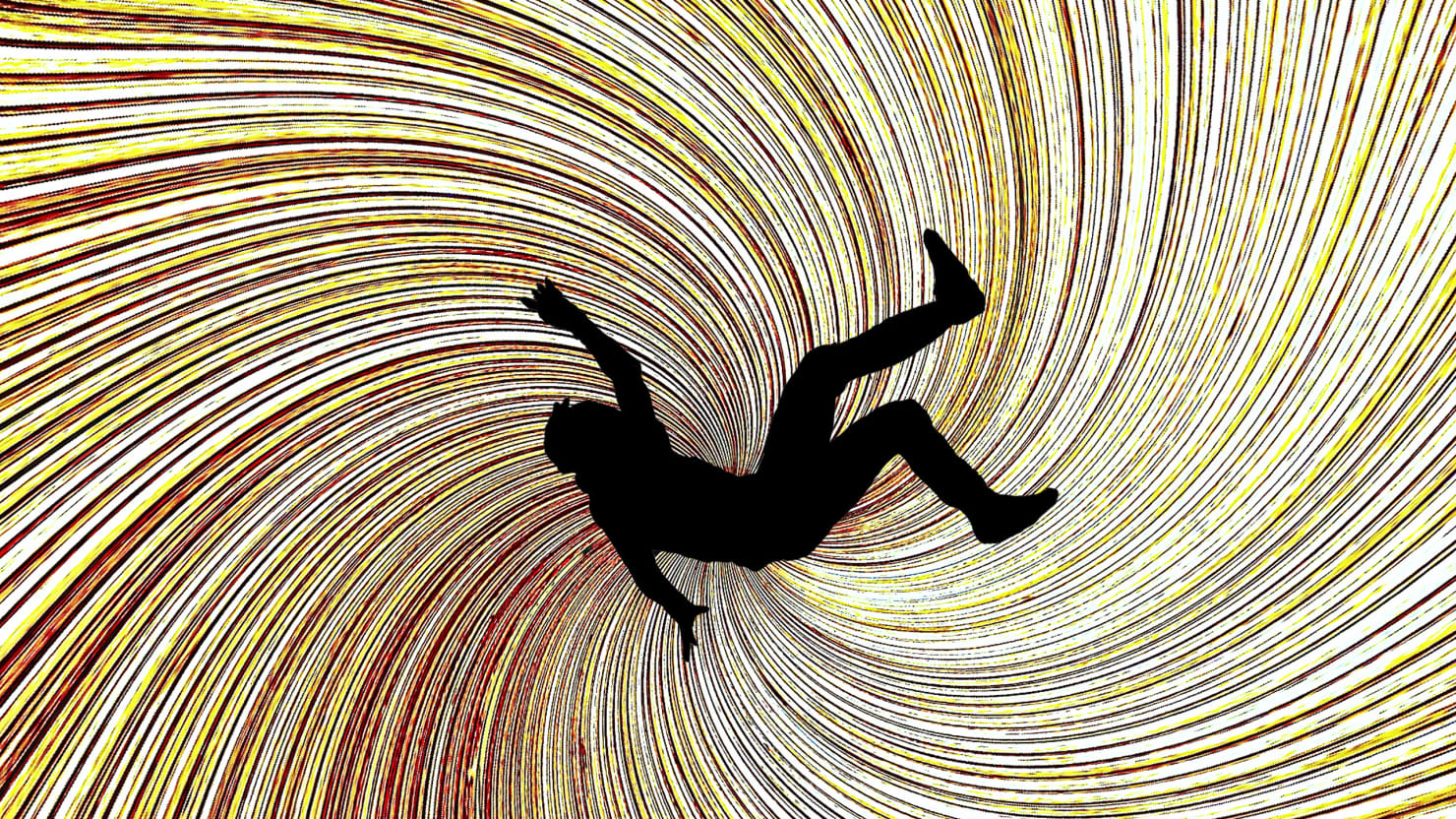Kerby Anderson
Although the lockdowns have been ending at various times in different states, we are discovering that some people are scared to go back to normal life. Anna Russell writes about this in the New Yorker. Some Americans are facing full-blown withdrawal.
A report by the American Psychological Association, published in March, found that almost half of Americans surveyed felt “uneasy about adjusting to in-person interaction” after the pandemic. What was so interesting is the fact that the numbers did not change among the fully vaccinated. In-person socializing feels both exciting and anxiety-producing.
The author of The Art of Gathering suggests that “our social muscles have atrophied.” We have “been through a transformative experience together” and now need to deal with the anxiety of “reentry.” The feelings may not be rational or logical.
Arthur Bregman is a psychologist in Florida and has coined the term “cave syndrome.” He has been seeing patients for more than forty years but sees something unique. Even people who are fully immunized are reluctant to venture out. “People can’t shake the anxiety” he said. “They feel fearful and insecure about the uncertainty of the situation.”
He has also found that people experience “cave syndrome” at different levels of severity. Some have a mild queasiness at the thought of a trip to the grocery store. Others have full-blown withdrawal from friends and family.
Judith Beck, president of the Beck Institute for Cognitive Behavior Therapy, says that COVID-19 furnished many of her patients with “a socially acceptable reason to stay home and not put themselves out there so much.”
Fear and anxiety are topics the church must address as we try to bring our world back to normal.
 Listen Online
Listen Online Watch Online
Watch Online Find a Station in Your Area
Find a Station in Your Area










 Listen Now
Listen Now Watch Online
Watch Online
